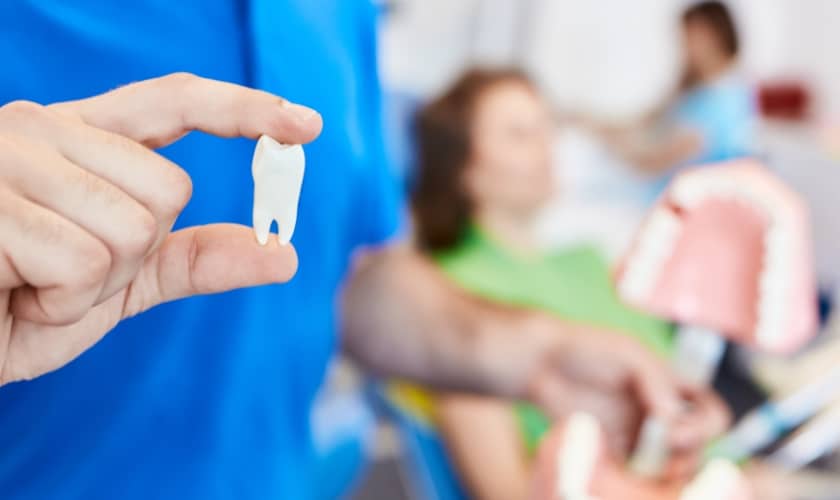In the ever-evolving realm of dentistry, advancements in tooth extraction techniques have taken center stage, ushering in a new era of precision, comfort, and efficiency. Traditionally viewed as a daunting and painful procedure, tooth extraction in Waco, TX, has undergone transformational changes thanks to breakthroughs in technology, materials, and methodologies. This blog will delve into the latest innovations that are reshaping the landscape of oral care, making tooth extraction a more patient-friendly and streamlined process.
The Evolution of Tooth Extraction Techniques
Minimally Invasive Approaches
One of the most significant strides in tooth extraction in Waco, TX, is the shift towards minimally invasive approaches. Traditional extractions often involve extensive incisions and tissue removal, leading to prolonged recovery times and heightened discomfort. However, contemporary techniques prioritize preserving surrounding tissues, employing smaller incisions, and utilizing specialized instruments designed for precision. This not only minimizes trauma to the oral tissues but also accelerates the healing process, allowing patients to return to their normal routines more swiftly.
Laser-Assisted Extraction
Laser technology has made remarkable inroads in various medical fields, and dentistry is no exception. Laser tooth extraction uses focused laser beams for precise cutting, minimizing bleeding and the need for sutures. The precision accelerates recovery, making it advantageous for both simple and complex extractions.
3D Imaging and Guided Surgery
The advent of three-dimensional imaging has revolutionized the planning and execution of tooth extractions. With technologies like cone-beam computed tomography (CBCT), dentists can now obtain detailed, high-resolution images of the oral anatomy. This information is then used to create virtual surgical guides, enhancing the accuracy of tooth extraction procedures. Guided surgery not only reduces the margin of error but also allows for a more predictable outcome, especially in cases involving impacted or complex extractions.
Ultrasonic Instrumentation
Ultrasonic devices have become integral in modern tooth extraction procedures. These instruments utilize high-frequency vibrations to break down the tooth structure and facilitate a gentler extraction process. Ultrasonic technology is particularly beneficial when dealing with teeth that are fused to the bone or when preserving surrounding tissues is a priority. The controlled nature of these vibrations minimizes trauma, leading to less postoperative pain and a more comfortable experience for the patient.
Advancements in Anesthesia and Pain Management
Computer-Controlled Anesthesia Delivery
The fear of pain often deters individuals from seeking dental care, especially when it comes to tooth extraction. However, recent advancements in anesthesia delivery systems have addressed this concern. Computer-controlled anesthesia devices precisely regulate the flow and dosage of anesthetic agents, ensuring a comfortable experience with minimal discomfort. This level of control not only enhances patient satisfaction but also contributes to a more efficient and predictable extraction process.
Nitrous Oxide and Sedation Dentistry
Beyond traditional local anesthesia, the incorporation of nitrous oxide and sedation dentistry has transformed the patient experience during tooth extraction. Nitrous oxide, or "laughing gas," provides relaxation and euphoria, easing anxiety during dental procedures. Sedation dentistry, with varying levels of sedation, minimizes awareness and apprehension, particularly beneficial for patients with dental phobias or extensive treatment requirements.
Tooth extraction has evolved significantly, with advancements like minimally invasive techniques, laser surgery, 3D imaging, ultrasonic tools, and innovative anesthesia. These developments promise improved outcomes and a more positive, comfortable dental experience for all ages, shaping the future of oral care.


